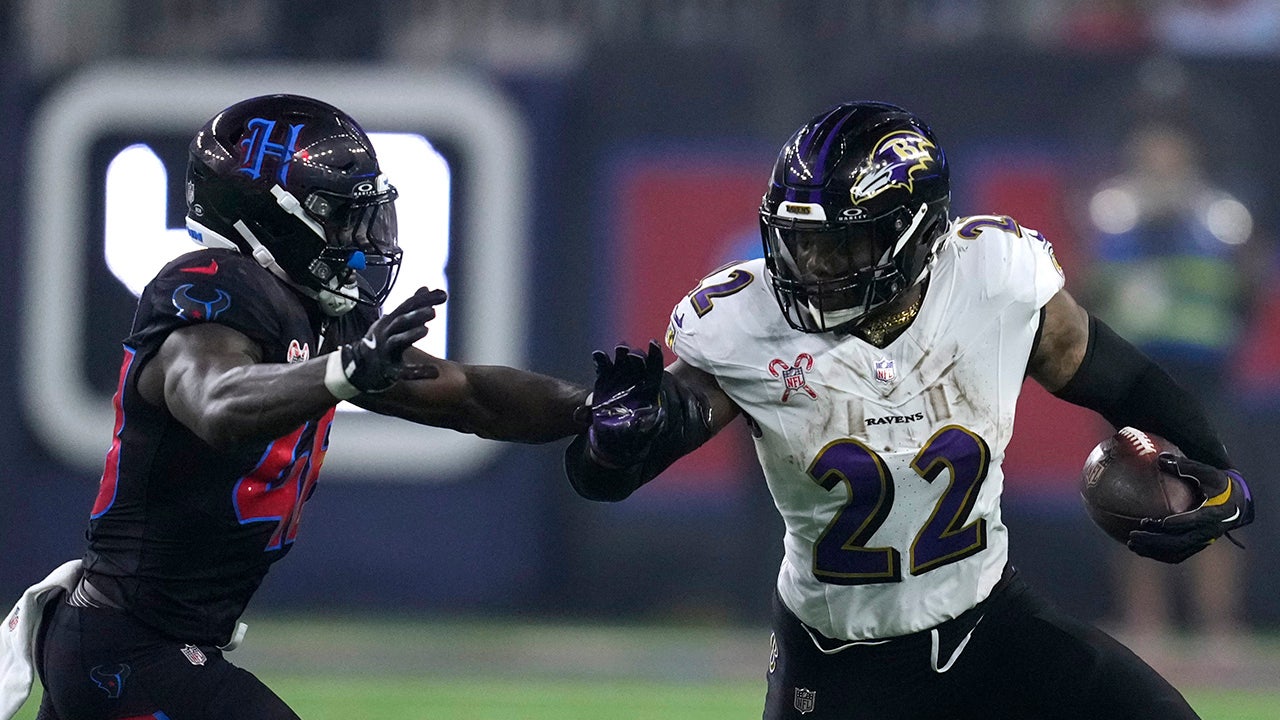Imagine someone messages you at a quarter to 1 on a Saturday night after not answering your last message two days ago. How are you responding?
And if someone triple texts you in the middle of a busy workday and calls you out for your slow reply: What then?
When it comes to the early stages of dating, there are different schools of thought when it comes to how quickly two people should respond to one another. And plenty can get lost in translation, especially when everyone has different styles of communicating. Without much to go off about the other person, a wacky smiley emoji or lack of lols can hold a disproportionate amount of weight.
Messaging practices when dating don’t just end at response times either. Other factors, like consistency, emoji usage and message length, are all things many of us can’t help but obsess over. Some think of it as “having game.” Others think it’s playing games.
For Christina Kapinos, a 30-year-old buyer for an interior design firm in Boston, going slow in the early stages and avoiding excessive texting is important: “To be texting all day, it’s like you’re already in a relationship with somebody.”
“They can be not even interested in you that much — they’re just bored and want to talk with somebody,” she said, adding that she generally prefers phone calls over messaging.
There can be any number of reasons for a late reply that don’t automatically mean that the person is just not that into you, and in 2024, those reasons can often seem like a poor excuse. (The saying “If he wanted to, he would” comes to mind.) But sometimes slowness is an intentional dating strategy.
One colleague told me about a friend who has his read receipts on but delays opening the text so the other person doesn’t think that he’s read it “too quickly.” Someone else admitted that she wouldn’t always respond to a text received during the weekend until the next day so the sender would thinks she was out living her best life and not just chilling at home on the couch. (Full disclosure: That someone was me.)
According to Leora Trub, a psychology professor at Pace University who has researched young adult attachment to phones and texting in relationships, one general rule of thumb is “the less information you have, the more you project onto that information.”
“If you have very little to go on, you’re most susceptible to your own kind of idiosyncratic perception guiding your understanding of what’s going on,” she said. “And often instead of saying, ‘I’m having this reaction, and maybe this means that, but maybe it also doesn’t,’ we tend to start to get married to those interpretations.”
“Impression management,” Professor Trub added, has always been a part of romantic pursuits: “How quick is too quick, and how slow is too slow, has always been a part of our estimation in dating.”
Of course, this isn’t a new phenomenon. Back when people had landline phones, it was normal to let a call from a prospective partner go to voice mail to create mystery or not answer the phone until at least the third ring so it wouldn’t seem as if you were waiting all night for a call.
Professor Trub also pointed to differences in attachment styles — anxious, avoidant or secure — as a better way to understanding each person’s individual needs. It’s OK to play it cool in the beginning, but she recommends focusing less on generalized rules for texting while dating and more on trying to build up a “tolerance” for not knowing what a particular text might mean.
“Why don’t you talk to the person during the date about where texting resides in their daily life?” she said. “Because for some people that is both possible and pleasurable to engage in the back and forth; with other people, it’s possible but really not pleasurable.”
When it comes to other potential “icks” — texts that are too long or too frequent, for example — the way messaging behavior is received largely depends on how much the person likes you or how long you’ve been dating.
Anthony Chen, a postdoctoral researcher at the University of California, Irvine, who specializes in social media, youth and communication technology, said that social norms and generational differences represent another wrinkle in how we approach messaging while dating.
Different age demographics and social groups might have very different ideas about how available they should be — “how fast people should respond to me and how I respond to them,” he said. “Like, if we’re in a small friend group, maybe the people in that friend group are responding very fast and we find there may be that pressure to respond faster in that group as well.”
And this can go the opposite way, too: According to a report this year by the dating app Hinge, Gen Z Hinge users were 50 percent more likely than millennials to delay responding to a message “to avoid seeming overeager.”
Ms. Kapinos recalled having texted “all day, every day” with someone she had previously dated and said she had enjoyed the sense of instant gratification she would get from seeing his name appear on her screen. She described herself as a secure person who “leans anxious” at times, so when she didn’t receive a specific emoji or an “lol” from someone she was seeing, she would overthink it.
“I’ve gotten way better at that,” she said. “I’m in a relationship now where I’ve just been so forthcoming about what I need, especially in regards to communication, and he’s been unbelievably great and calls me all the time. But I think we also have that same need.”
Send your thoughts, stories and tips to thirdwheel@nytimes.com.














































